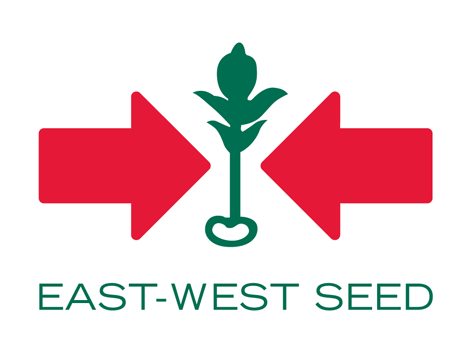Causal Agent:
Fungus (Collectotrichum higginsianum)
| Characteristic Symptoms: | |
 |
Affects leaves, petioles and stem. |
 |
Lesions on leaves are circular to irregular, small, dry and pale gray. |
 |
Under favourable conditions, lesions coalesce forming irregular large spots. |
 |
Severe infection leads to yellowing of leaves and wilting. |
 |
Symptoms on petioles and stem include elongated, sunken, gray to brown lesions with black border. |
| Conditions for Disease Development | |
 |
The pathogen can survive on plant debris, volunteer plants and related weeds. |
 |
Temperature range of 25-30°C, wet conditions and high relative humidity favor disease development.
|
| Management and Control: | |
 |
Maintain good field sanitation, remove infected plants/plant parts and dispose properly.
|
 |
Crop rotation with non-host crop for at least 3 years to reduce the amount of primary inoculum. |
 |
Remove volunteer and weedy crucifers that may serve as alternate hosts for the pathogen.
|
 |
Spray with copper-based fungicides (e.g. Cupravit®, Vitigran Blue®, Nordox 50®), Mancozeb (Dithane M-45®) or Chlorothalonil (Daconil 2787®) at the initial onset of the disease. |
References
Compendium of Brassica Diseases by APS (2007)
To view other diseases, click here.
Need more help? Ask the Doctor.




